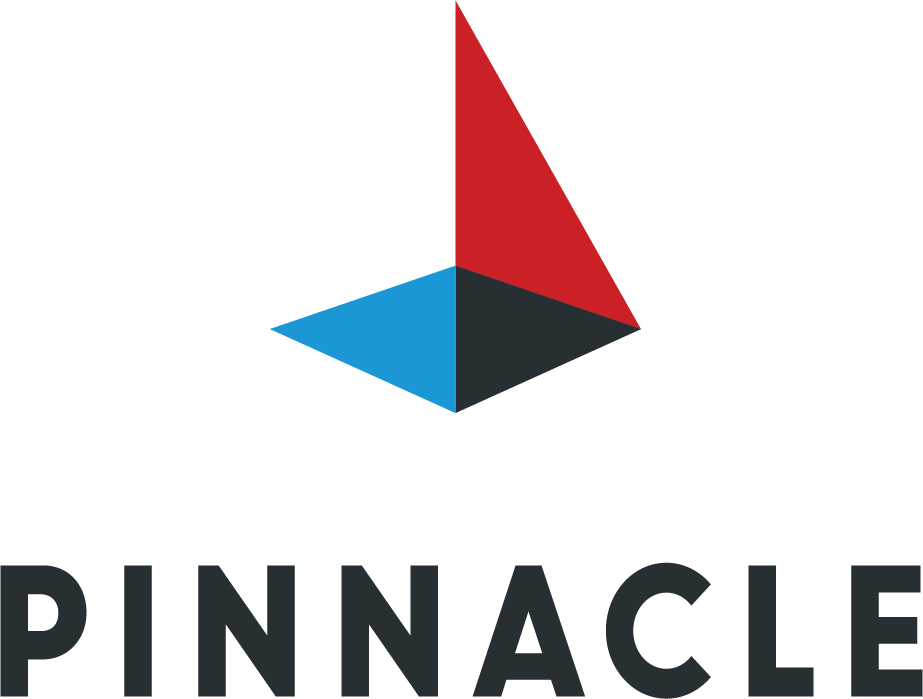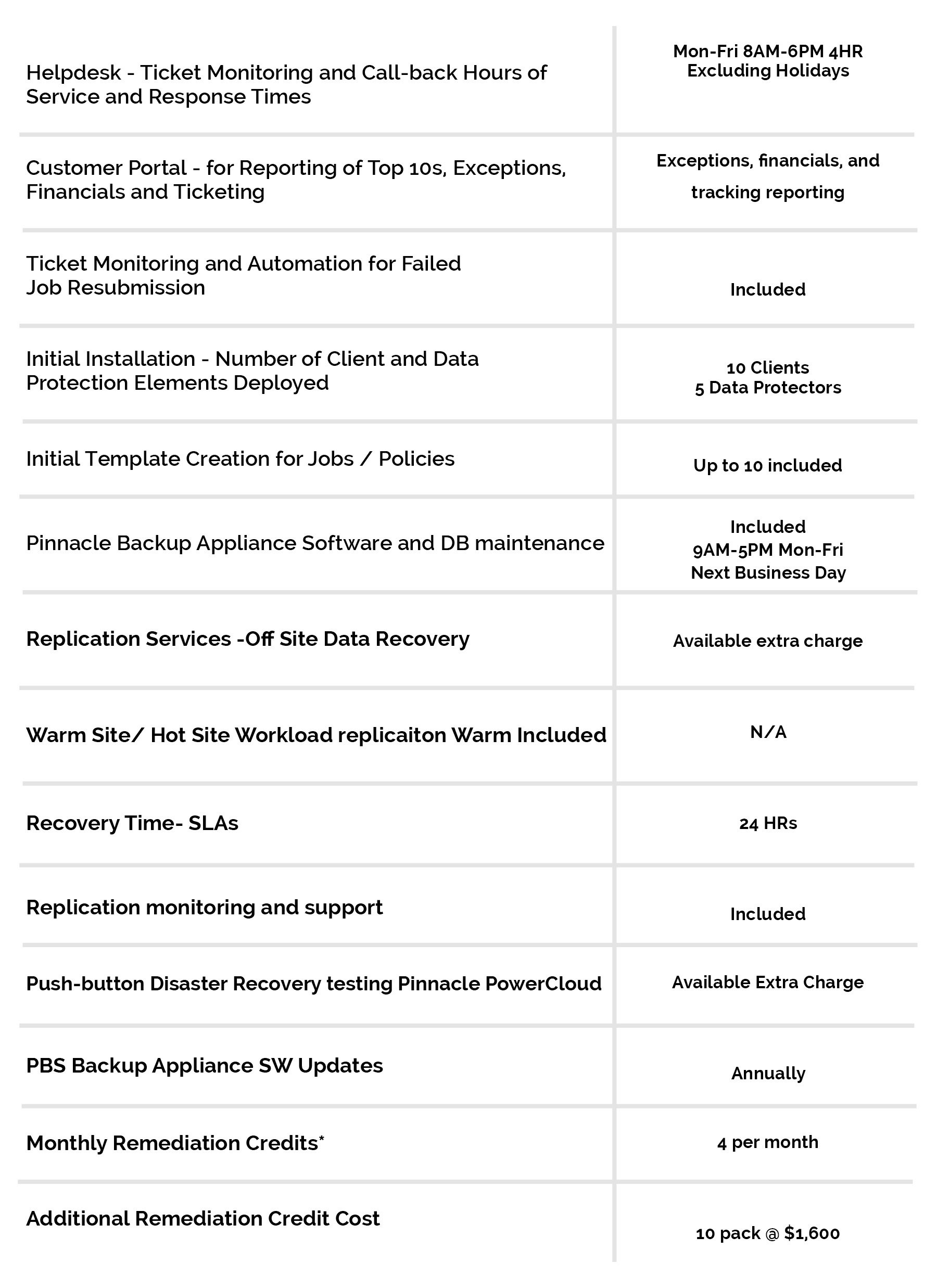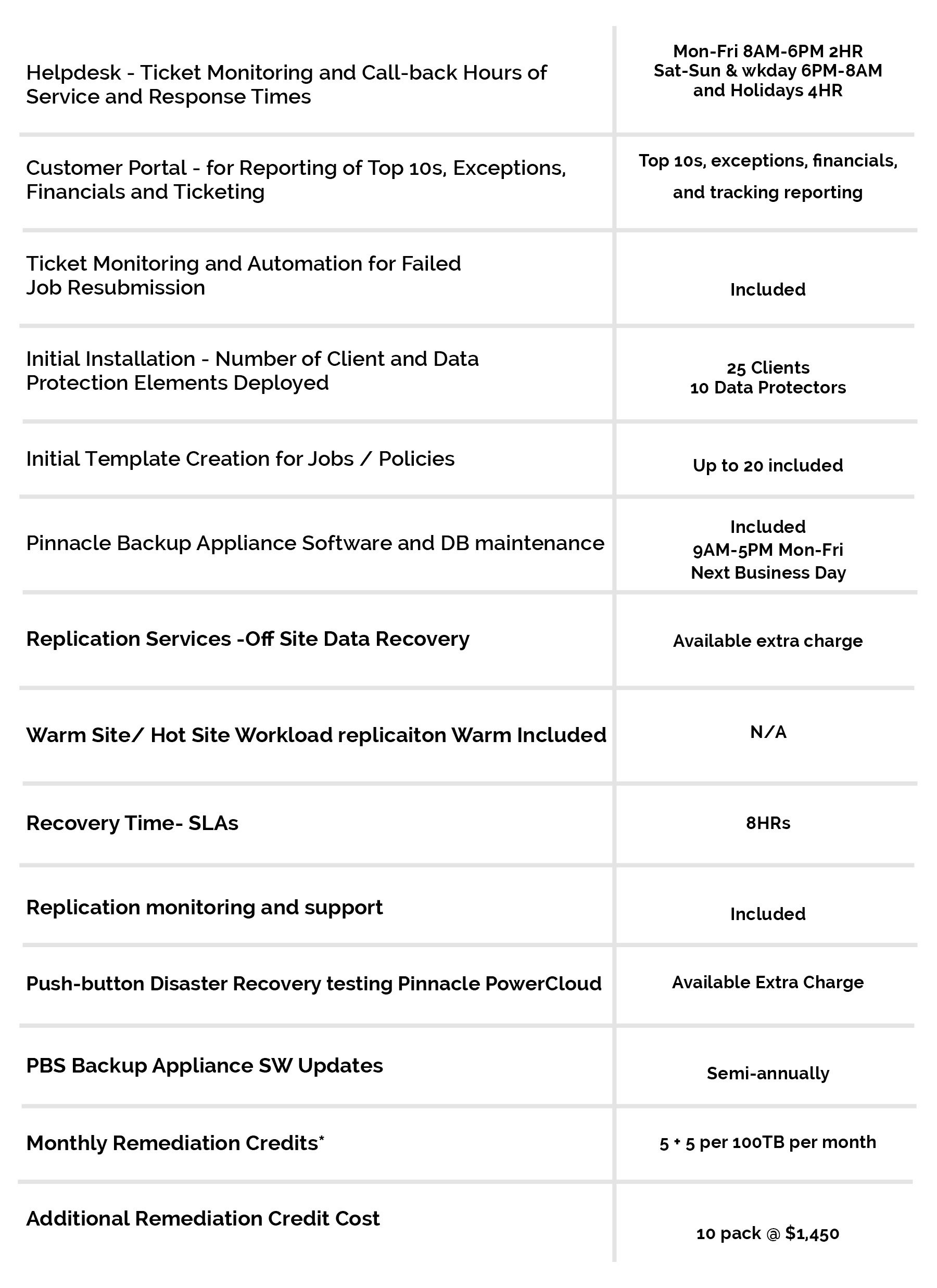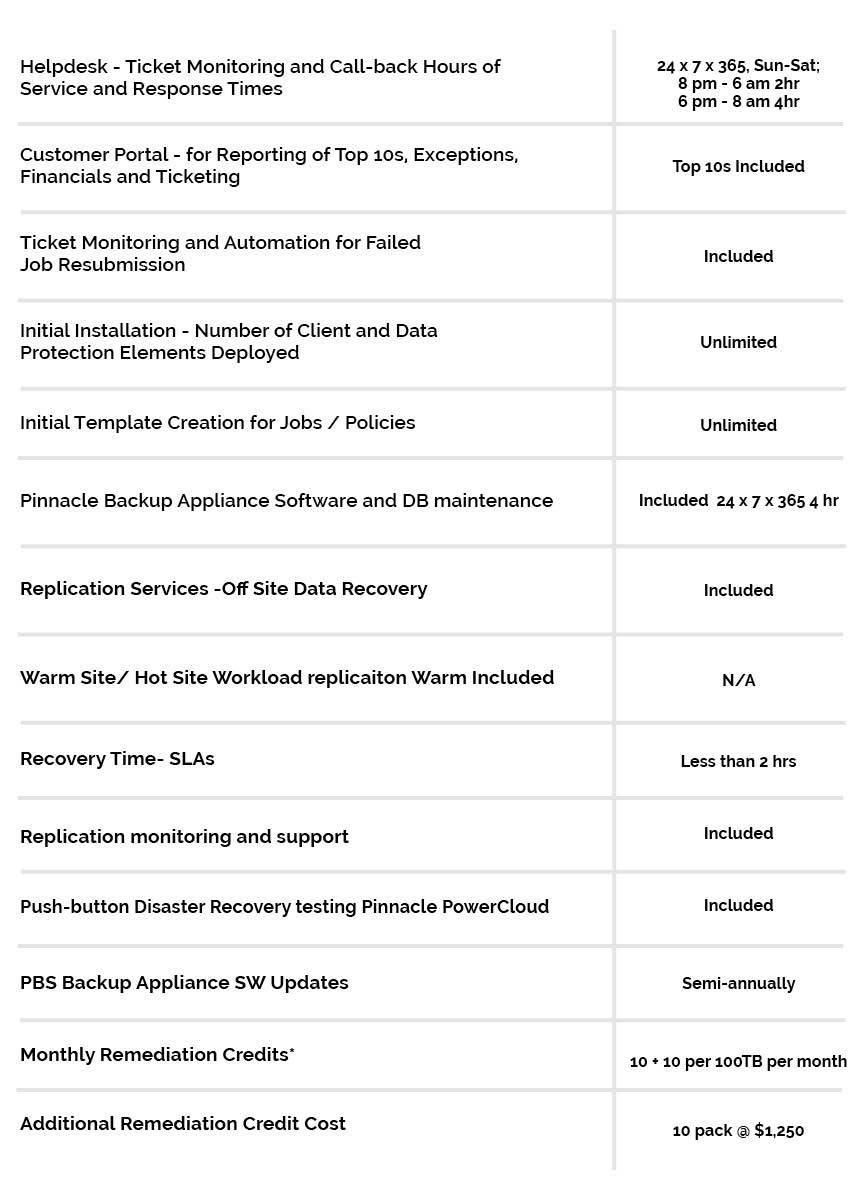23 Jan Overcoming the IT language barrier: Strategy vs. Efficiency
Recently, two members of our Pinnacle Business Systems team sat down with MarketScale to discuss the current IT industry and the related challenges for today’s businesses. Senior Account Manager Chad Mantooth alongside Account Executive Scott Courtney had an illuminating conversation with MarketScale Software and Technology Podcast host Sam Kingma, touching on points including the current language barrier within the IT industry, and how this can impact IT alignment with overall business strategy.
Mantooth and Courtney raised interesting points on the rapid transition taking place within the tech industry and discussed how the C-suite and IT teams can sometimes struggle to support the critical goals of the business.
Understanding IT from the perspective of strategy
As Mantooth explained, there is currently a considerable language barrier and difference in understanding IT concepts, and this silo is most deeply felt between IT personnel and C-suite level strategists. Mantooth, who recently completed a book titled, “Get in the Boat,” on this subject, noted that while IT leaders may prioritize one aspect or benefit of an initiative involving technology, this view of what’s critically important may not ring true with executives in charge of dictating strategy.
“There is a different perspective, or a different outlook on something, regardless of how it’s been done in the past,” Mantooth said. “Nothing is set in stone. And I think we’ve definitely learned that from the transition that’s happening in the IT industry and the rapid pace that it’s moving.”
Much of the dichotomy here has to do with the ingrained stereotype that the IT is continually working to be increasingly efficient and to do more with fewer resources. However, this level of thinking rarely translates to the C-suite, as these stakeholders tend to have a directly opposite view. They work toward goals of using technology to support growth and advancement.
This difference of opinion and goal prioritization can have deep impacts on a business, as it can result in IT not being completely aligned with the company’s critical strategic objectives. And as Mantooth explained, this barrier is something that consultants like those at Pinnacle deal with regularly.
“There’s a big gap in the language barrier within many businesses,” Mantooth noted. “We [as consultants] need to talk to the right people to really get a sense of what their goals are from a strategy perspective, not so much a technical perspective.”
Efficiency vs. Effectiveness: Doing more with more
In order to overcome this language barrier, both Mantooth and Courtney agree that the IT team needs to be more involved at the strategic business level, and efforts must be made to translate tech jargon into actionable benefits for the business and not necessarily just the IT infrastructure.
As Courtney noted, it’s important for the IT team to work toward an improved level of effectiveness and not just efficiency.
“Effectiveness …is more bang for your buck, or ‘I’m going to spend money to make money,'” Courtney explained. “I’m going to spend money on some technological advantage that’s going to give me a competitive edge in the market, it’s going to allow me to be more effective, it’s going to allow me to do different things at the operational level, or reduce costs, whatever it may be, but from a perspective of, it’s going to allow me to do more with more…I’m going to grow, not just shrink and save to do more with less.”
Listen in to the MarketScale podcast to learn more, and connect with Pinnacle today to discuss your business’s alignment between IT operations and overall business strategy.

